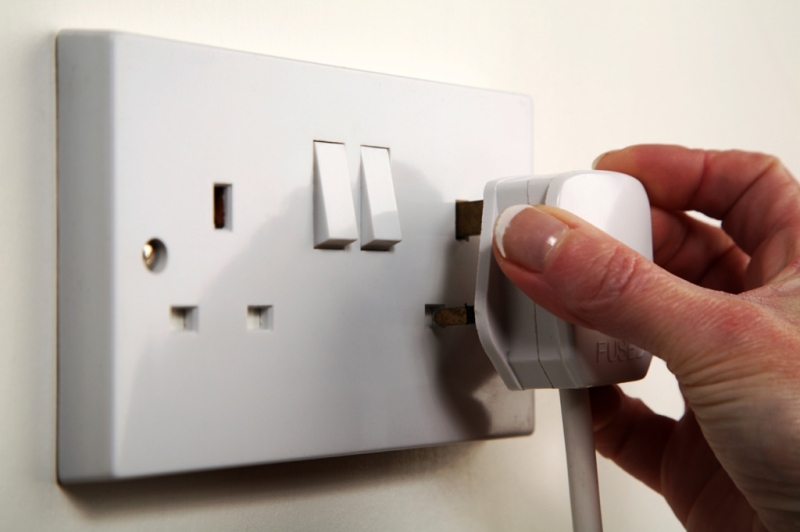
As legend has it, during the construction of the Tower of Babel, people from all over the world spoke the same language. God, deciding to moderate human ambitions, mixed languages, and as a result, the builders ceased to understand each other. Different countries not only speak different languages, but also use different lengths, weights, and even different socket standards. When you go on a trip, it’s better to know in advance how to charge your phone there and what to wear when it’s thirty degrees Fahrenheit – a down jacket or a Hawaiian shirt and shorts.
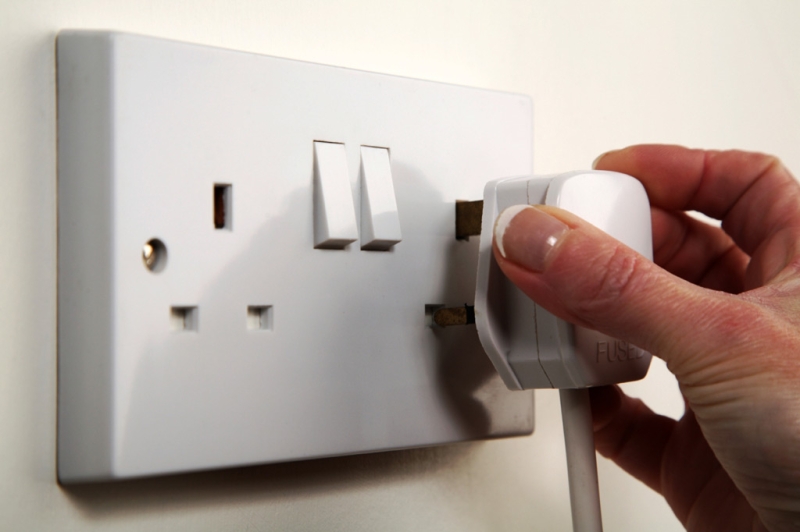
Sockets
Let’s start with the main thing – sockets.
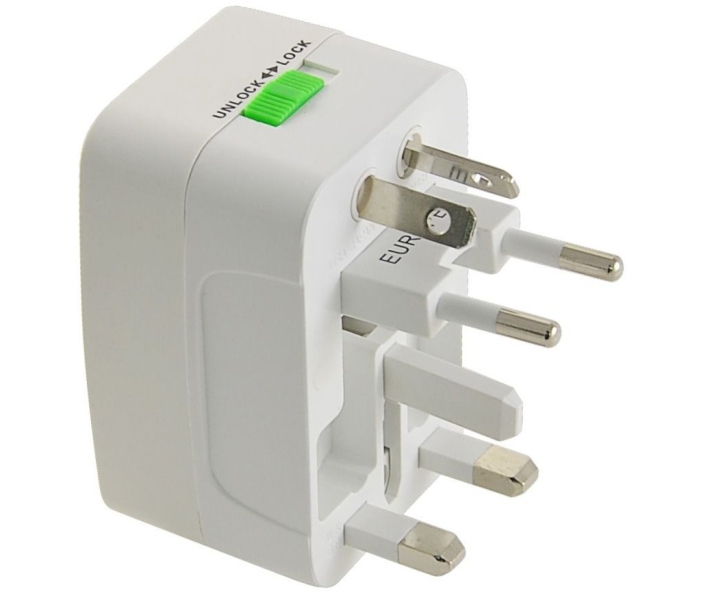
The first thing you need to know about voltage. Two international standards have been adopted: one with a voltage of 100-127 V at 60 Hz, the other with a voltage of 220-240 V at 50 Hz. The first operates in Japan, the USA, Canada, Taiwan, as well as the Philippines and the Republic of Palau. Sockets in other regions operate at 220-240 V. Most modern power supplies and chargers are universal and can operate on both standards. Previously there was a risk of burning out the charger, but now this will not happen. However, just in case, it is better to check with the hotel whether the necessary adapters and chargers are available. It’s not a fact that every hotel will have them, but some hotels provide these devices to their guests.
Types A and B respectively:
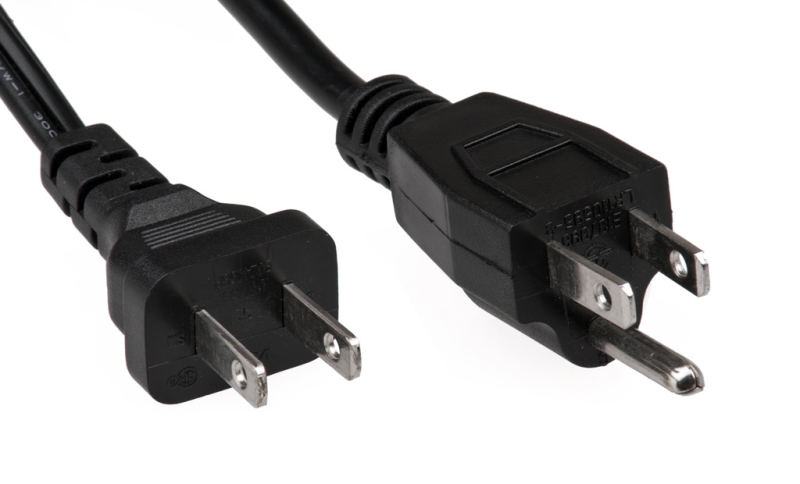
There are many types of sockets – from A to M in alphabetical order. Plugs A and B are designed to work with a voltage of 100-127 V, these are used in Japan and America. They differ only in the presence of grounding in type B. The plug has two flat contacts with round holes at the ends. The ground pin is located at the bottom. All other sockets are designed for voltage 220-240 V. The C format socket is found in Europe and the CIS countries. These are two ordinary contacts 4 mm thick, no grounding is provided.
Adapter for Apple Type C charger:
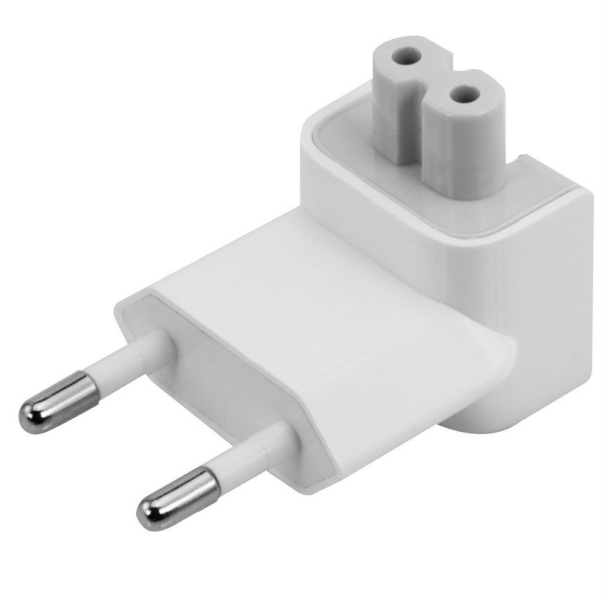
Also in these countries, a more massive F standard fork, called Schuko, is common. At the top and bottom it has contact spots for grounding. The worst thing is that the pins of the F-plugs are thicker than the C ones – 4.8 mm versus exactly four. Because of this, it is not always possible to connect such a plug into a standard type C socket, and if it does, you will have to pull it out with great effort. If you connect the C-plug to a standard F socket, the connection will be unreliable – the plug may simply fall out of the socket because its contacts are too small.
Type F:
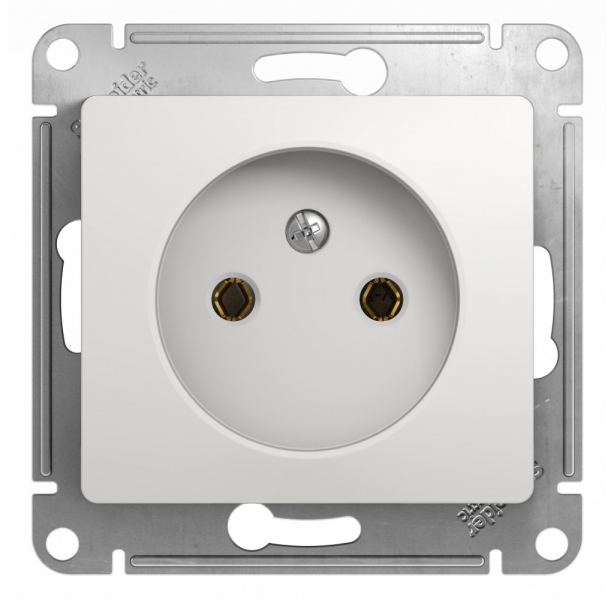
D format sockets were previously popular in the UK, but are now found mainly in eastern countries – India, Sri Lanka, Namibia. It has three round pins that form a triangle shape. Its more modern and powerful version is the M socket (adopted in South Africa, Swaziland and Lesotho). The contact pattern is the same, but the pins are thicker.
In some European (Poland, Belgium, France) and African (Djibouti, Cameroon and others) countries, the E standard has been adopted – a grounding pin comes out of these sockets. F/E hybrid format sockets have a hole for it. In essence, the F/E socket is a regular F-plug, but with a grounding socket for the E-socket.
Three-pin sockets (type G) are used in the UK, Malta, Singapore, Hong Kong and a number of other countries. These outlets usually have a fuse built into them. Type H sockets are perhaps the least common: they are used in Israel and the Gaza Strip. The spot is triangular, there are sockets with flat and round contacts.
Type H:
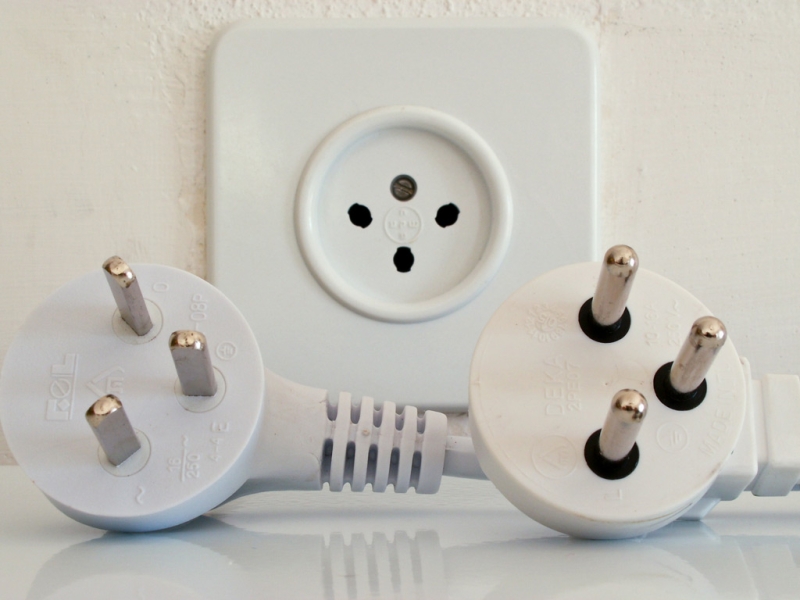
The format I socket is common in Australia, New Zealand, Argentina and Papua New Guinea. The three pins are flat and form the letter V. Switzerland has its own socket standard, designated J. The format is similar to the usual type C, but has a grounding pin, and the contacts are not insulated in the base area. The same type of rosette is found in Madagascar, Jordan, Liechtenstein, Rwanda and the Maldives.
The Danish standard K is “E in reverse”: the grounding in this socket is not a pin, but a recess. The grounding pin comes out of the plug itself. Such rosettes can be seen in the Faroe Islands, Guinea, Denmark, Greenland and several other countries.
Format L, adopted in Italy, looks like standard C with a ground pin between the contacts. Type C plugs fit into L-format 10A sockets, but not 16A – in the latter case the pins are thicker. L-standard sockets are available in Libya, Syria, Uruguay, Chile, Ethiopia and a couple of other countries.
Standard L:
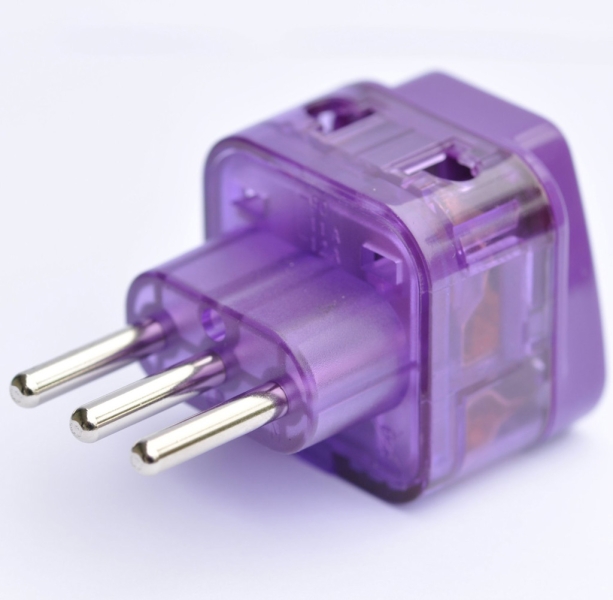
In most countries there are sockets of several formats at once, and some sockets are adapted to a couple of standards. The main thing is to make sure that the device can operate on two types of voltage, and that an adapter for the desired socket can be found without problems.
Temperature
The vast majority of countries use the Celsius scale to indicate temperature. But the USA, Bahamas, Belize, Palau and the Cayman Islands chose the Fahrenheit scale. Its values are very different from Celsius. Zero Fahrenheit is approximately -18 Celsius, while zero Celsius is 32 degrees Fahrenheit. The human body temperature (+36.6 Celsius) is 97.8 degrees Fahrenheit.
| Degrees Celsius | Degrees Fahrenheit |
| -15 | 5 |
| -10 | 14 |
| -5 | 23 |
| +5 | 41 |
| +10 | 50 |
| +15 | 59 |
| +20 | 68 |
| +25 | 77 |
Measures of weight, length and volume
In the USA, Great Britain and several other countries, the English system of measures is used: length in feet and miles, weight in pounds, volume in gallons. This can be confusing at first, but if you sacrifice a little accuracy for simplicity, it will be like this: one pound is half a kilogram, one meter is three feet, one liter is a quarter of a gallon, one yard is almost one meter, and one mile is just over one and a half kilometers . Exact parameters: 1 liter – 0.26 gallons; 1 meter – 3.28 feet; 1 pound – 0.45 kg; 1 yard – 0.9 meters; 1 mile – 1.6 kilometers. By the way, the USA uses its own system for calculating fuel consumption in a car. If you are going to travel by car, the consumption figures when choosing a rental car can be confusing: Americans do not count liters per hundred kilometers driven, but the number of miles that a car will travel on one gallon of gasoline (MPG). So, 20 mpg corresponds to 11.7 liters per 100 km, and 30 mpg corresponds to 7.8 liters per 100 km. The higher the number, the lower the fuel consumption of the car.
Well, now that you know everything, you can easily go to Australia, Miami or, for example, Taiwan.

